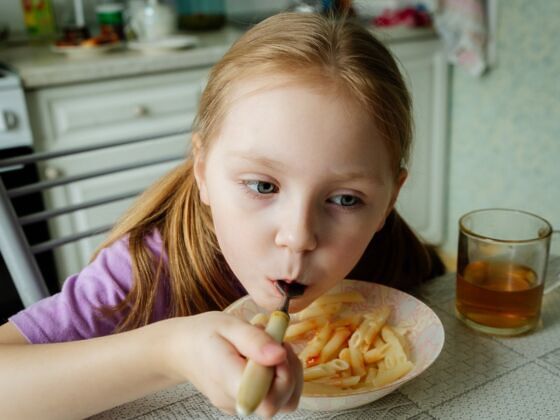HOW THE FRENCH eat, age, dress, raise their children, and live in general is a real talking point these days. So, as an American mother of three half-French kids, I figured I’d add my two cents to the conversation.
I lived in France before becoming a parent, but eventually it was my kids who taught me everything I need to know about eating like a French person: Eating, and staying slim and healthy, isn’t just about what you eat, but also how, when, and why. Yes, French people enjoy junk food occasionally, and sometimes they eat between meals, but people don’t just let loose every day. There’s a code of conduct for food, for big people and little ones alike. Here, in 10 quick life lessons, is what my kids taught me about food.
